Photoelectric sensors reliably detect opaque objects in automated assembly, packaging, printing, and converting industries every day. Clear objects, however, present a challenge, because they neither block nor reflect large amounts of light.
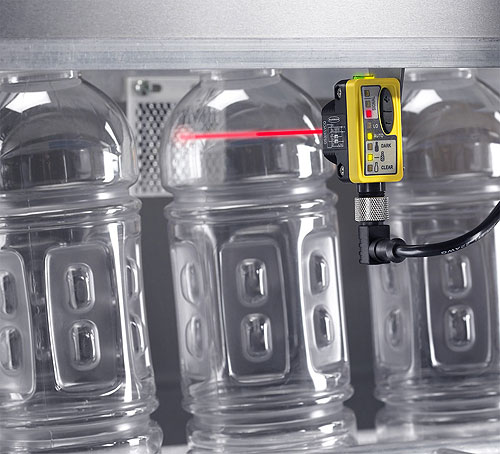
Retroreflective sensors can be a good choice to detect objects made of clear materials.
When a target object is transparent, such as a freshly molded plastic bottle or a plate of glass, a retroreflective sensor can deliver accurate detection. The sensor uses a retroreflector that reflects the emitted light back to the sensor, creating an optical path twice as long as that created by an opposed-mode sensor pair. This design effectively forces the clear object to break the beam twice–multiplying the small effect the clear object has on the emitted light.
For example, each time the emitted light enters or exits a plate of glass about 5% of the light is reflected. On the first pass through the object, the light signal is reduced by about 10% (5% per side). When the light is reflected back to the sensor by the retroreflector, it again passes through the glass and experiences a 10% signal loss due to reflections on each side. The result: approximately 80% of the emitted light makes it back to the sensor. This situation is known as a low contrast sensing application–the amount of light reflected when an object is present in only 20% less than when an object is absent.

A retroreflector reflects the emitted light back to a sensor, effectively making clear objects break the beam twice. This arrangement multiplies the small effect these objects have on the emitted light.
Low contrast sensing requires a sensor with both stability and sensitivity. The sensor must be able to stabilize itself in order to ignore the small and gradual light signal changes caused by temperature drift or dust buildup on lenses. It also must remain sensitive to the small light signal changes caused by the transparent object. Because environmental changes such as temperature and dust buildup occur slowly, their effects can often be filtered out by the sensor’s microcontroller. Objects such as bottles or jars that are conveyed quickly during production create rapid changes in the light signal, so the sensor can easily detect them.
With the proper design and application, a retroreflective sensor makes detecting nearly invisible target objects simple–even in high-speed factory automation and food packaging applications.
Banner Engineering Corp.
www.bannerengineering.com
::Design World::
Filed Under: Packaging, SENSORS, TEST & MEASUREMENT

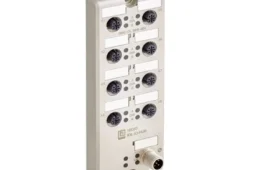
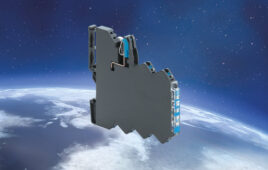
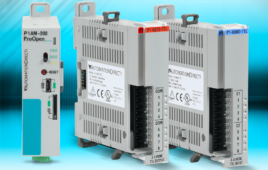
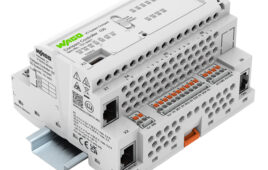
Tell Us What You Think!